Government Initiatives and Support
Government initiatives aimed at improving women's health in China are significantly influencing the vasomotor symptoms market. Policies promoting awareness and education about menopause and its symptoms are being implemented, which may lead to increased diagnosis and treatment rates. The Chinese government has allocated substantial funding towards women's health programs, which could enhance access to healthcare services for menopausal women. This support is likely to foster innovation within the vasomotor symptoms market, as companies may be encouraged to develop new therapies and solutions that align with government health objectives. As a result, the market may experience growth driven by both public and private sector investments.
Advancements in Pharmaceutical Research
Advancements in pharmaceutical research are playing a pivotal role in shaping the vasomotor symptoms market. Innovative drug formulations and delivery systems are being developed to provide more effective relief from menopausal symptoms. The vasomotor symptoms market is witnessing a surge in clinical trials aimed at evaluating new therapies, which may lead to the introduction of groundbreaking treatments. As research continues to evolve, it is anticipated that the market will see an influx of novel products that cater to the specific needs of women experiencing vasomotor symptoms. This ongoing innovation is likely to enhance competition and drive market growth.
Cultural Shifts Towards Health and Wellness
Cultural shifts in China towards prioritizing health and wellness are impacting the vasomotor symptoms market. As societal attitudes evolve, there is a growing acceptance of discussing menopausal symptoms openly, which may lead to increased demand for treatment options. The vasomotor symptoms market is likely to benefit from this trend, as more women seek solutions to manage their symptoms effectively. Additionally, the rise of health-conscious consumers is driving the development of natural and alternative therapies, which may appeal to a segment of the population that prefers holistic approaches. This cultural transformation could potentially expand the market by attracting a broader audience.
Increasing Prevalence of Menopausal Symptoms
The rising prevalence of menopausal symptoms among women in China is a crucial driver for the vasomotor symptoms market. As the population ages, it is estimated that by 2030, approximately 30% of women in China will experience menopausal symptoms, including hot flashes and night sweats. This demographic shift is likely to increase the demand for effective treatments and therapies. The vasomotor symptoms market is responding to this growing need by developing targeted therapies that address these symptoms. Furthermore, the increasing awareness of menopause and its associated symptoms is encouraging women to seek medical advice, thereby expanding the market for vasomotor symptom management solutions.
Rising Disposable Income and Healthcare Spending
The increase in disposable income among the Chinese population is contributing to the growth of the vasomotor symptoms market. As more individuals have the financial means to invest in healthcare, there is a noticeable rise in spending on treatments for menopausal symptoms. This trend is particularly evident in urban areas, where access to healthcare services is improving. The vasomotor symptoms market is likely to benefit from this increase in healthcare expenditure, as women are more willing to seek professional help and invest in effective therapies. Consequently, this driver may lead to a more robust market landscape, characterized by a wider array of treatment options.


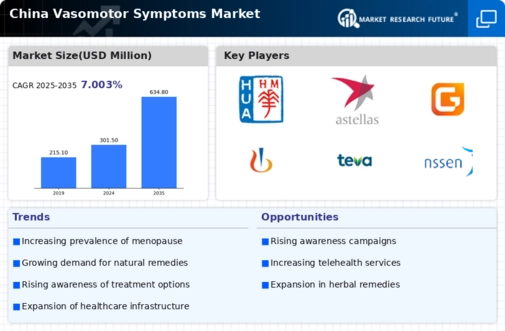

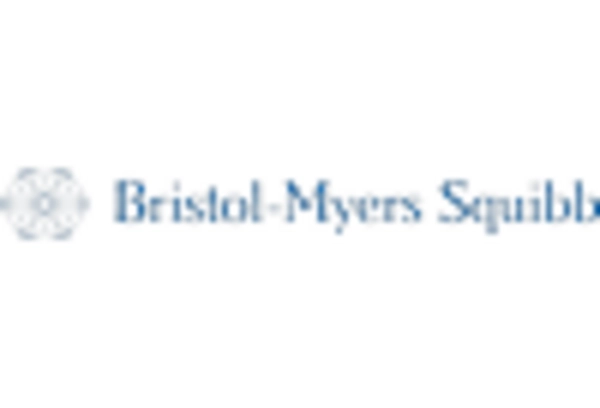
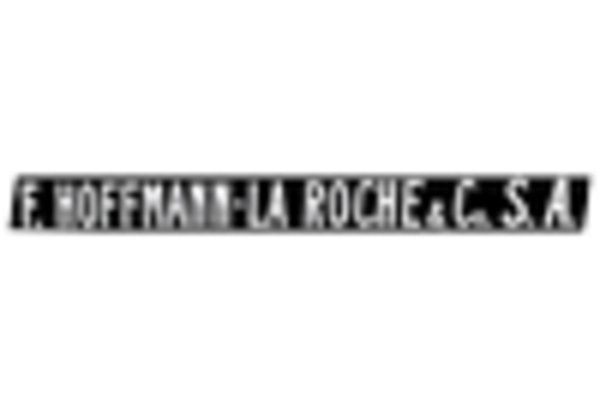
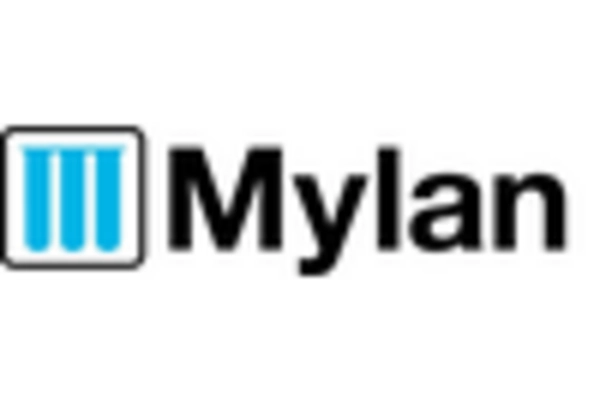
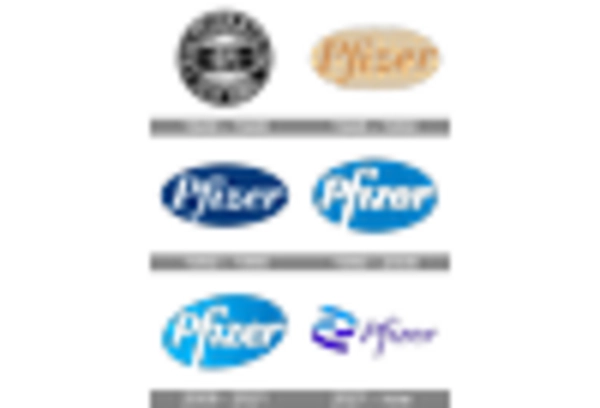
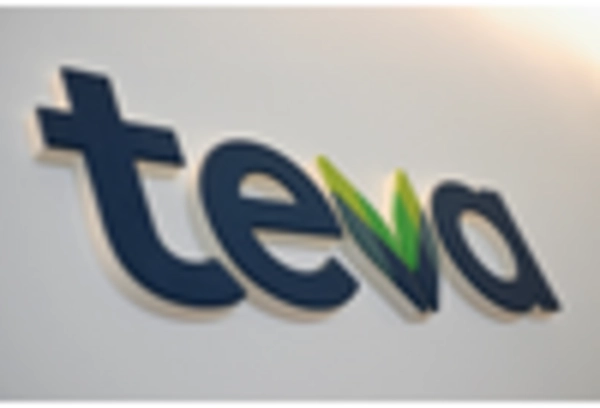








Leave a Comment